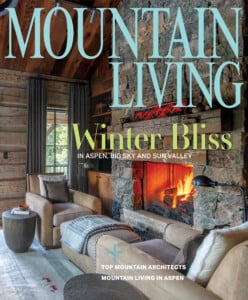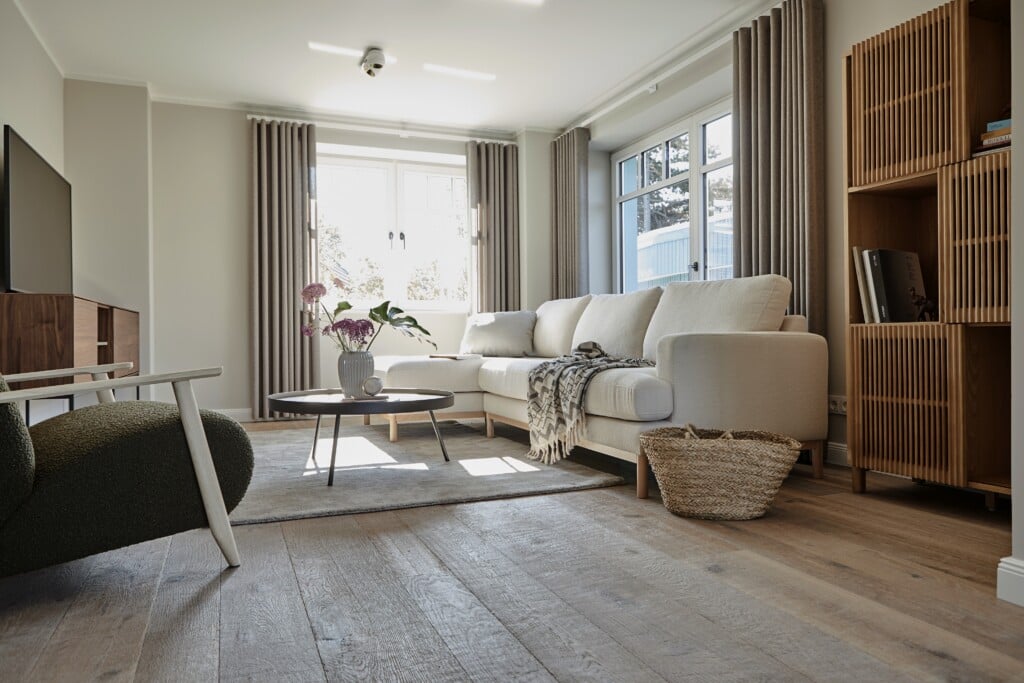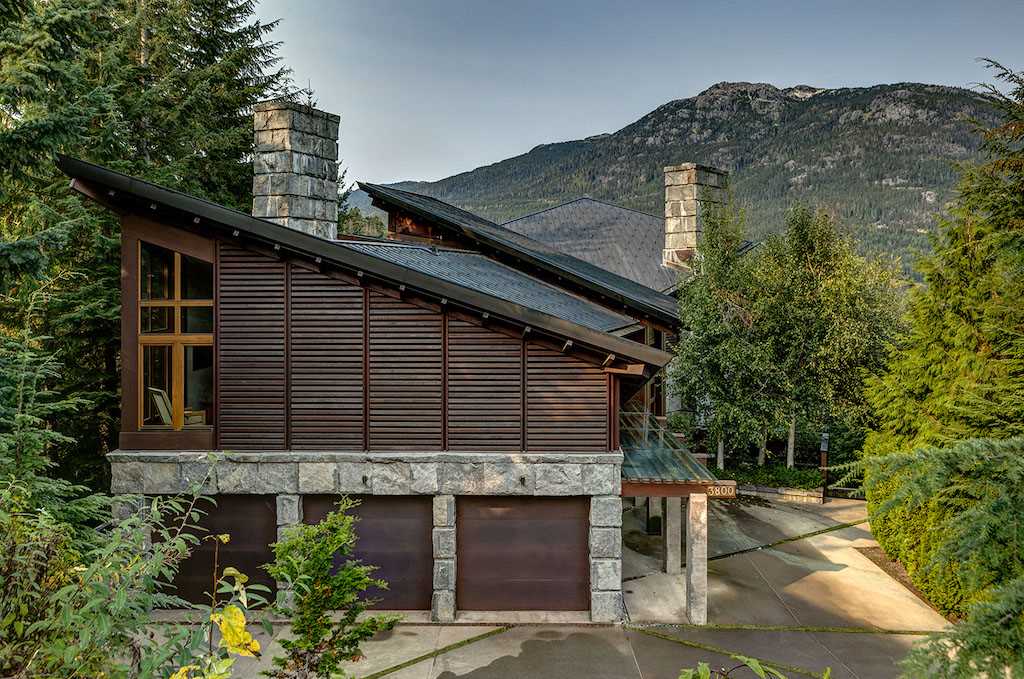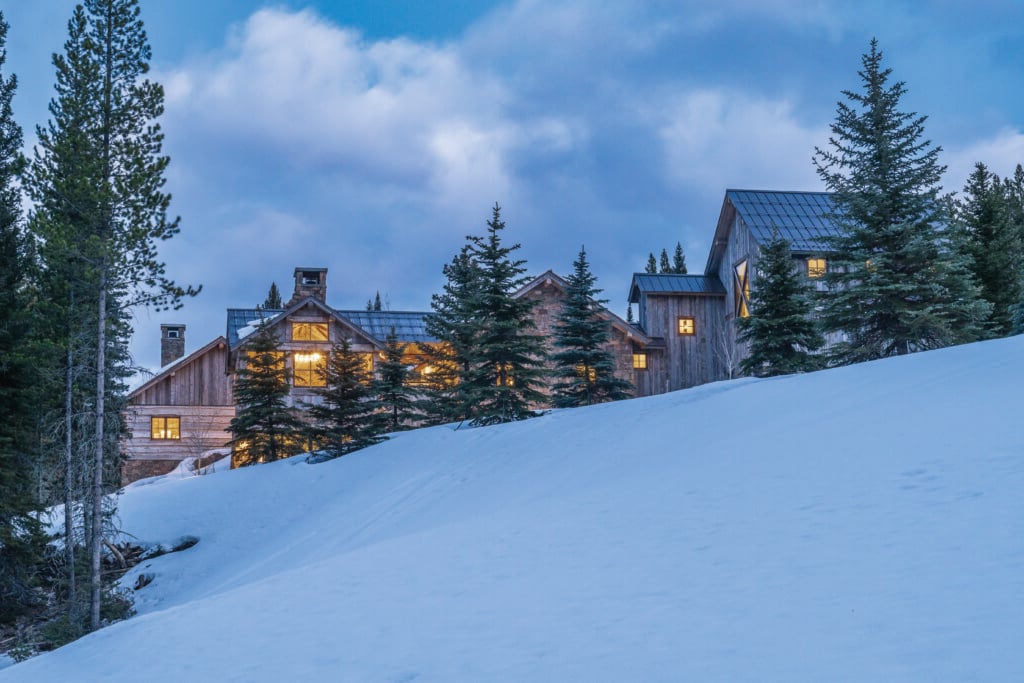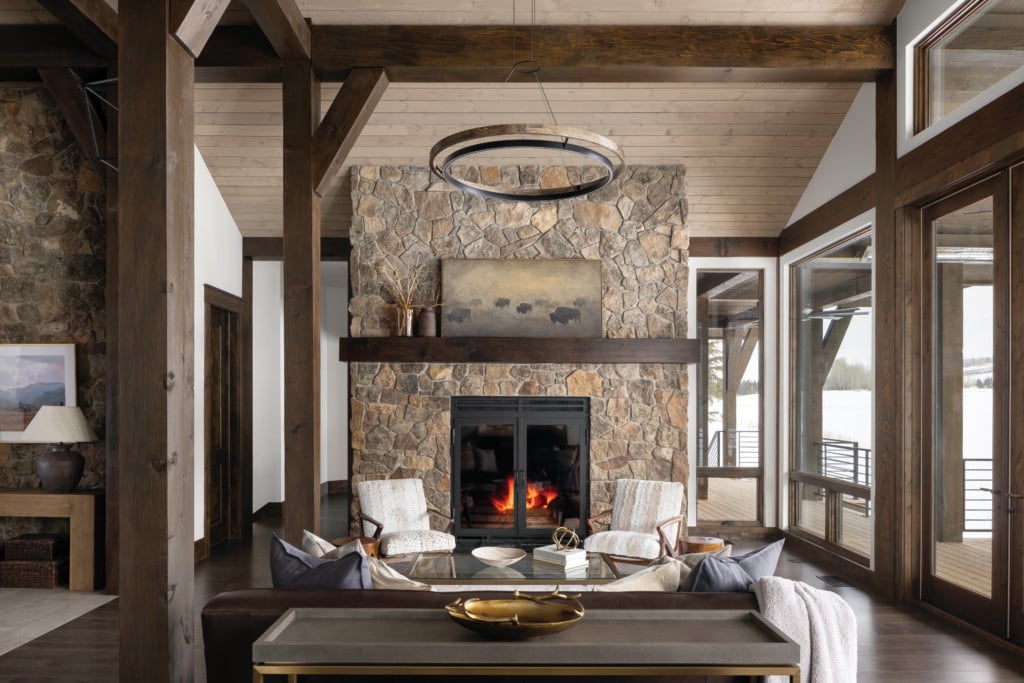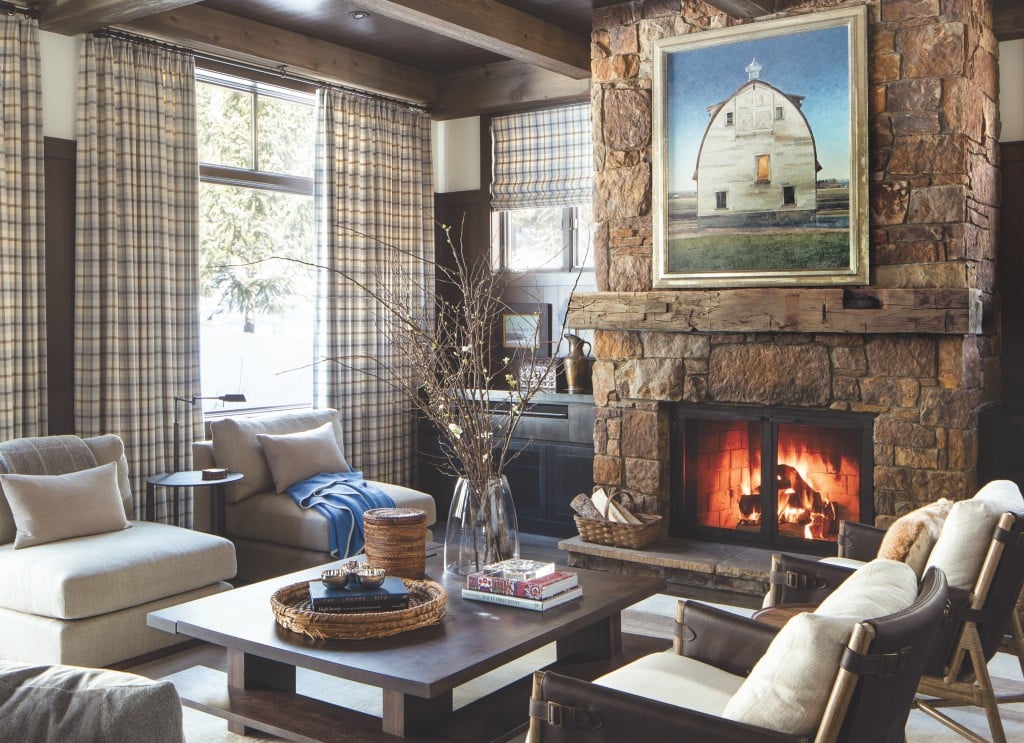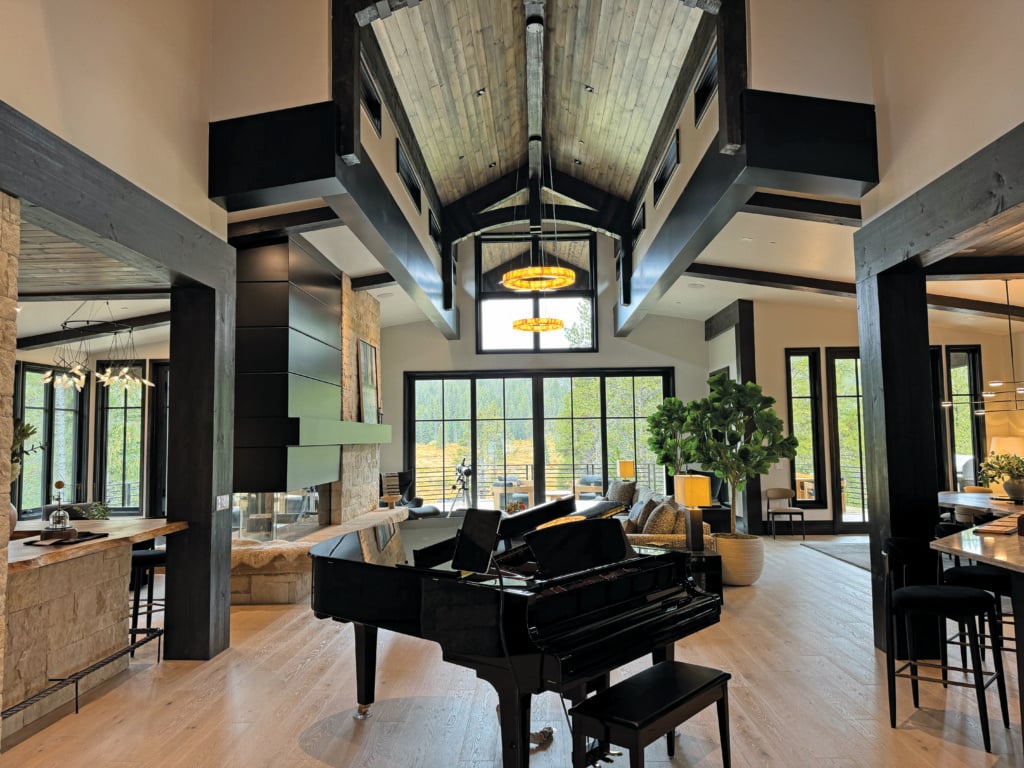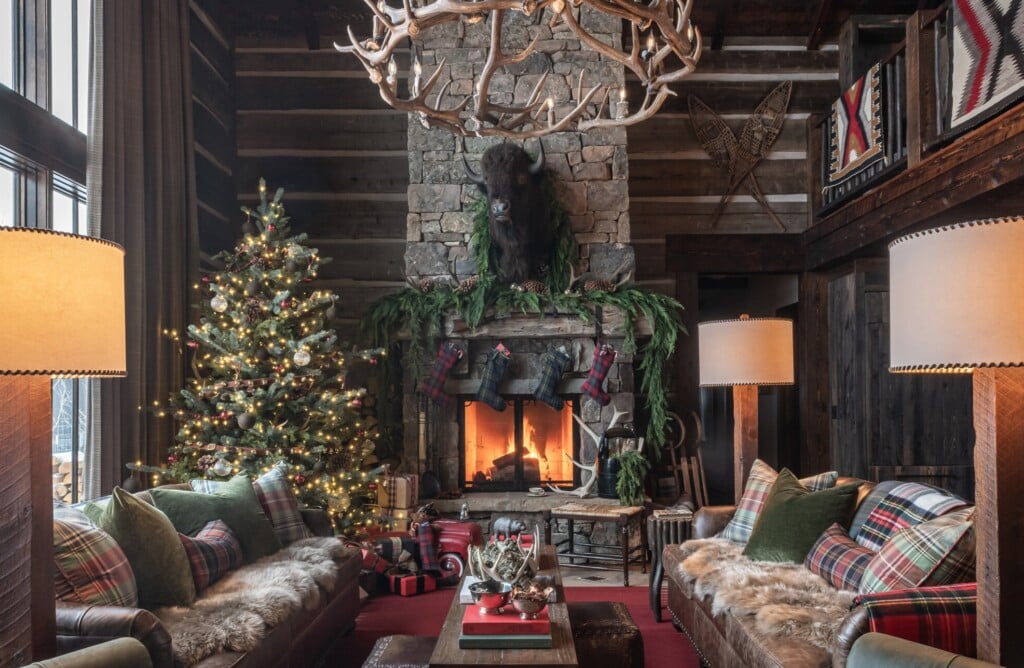Building on Challenging Land: What to Know Before You Design
Turning a tricky plot of land into a dream home.
Finding land with breathtaking views often comes with challenges. The site may be steep, rocky, tucked into an avalanche zone or governed by strict neighborhood ordinances. The right team and thoughtful design approach can unlock the potential of almost any parcel of land.
We have years of experience designing on a diverse range of sites across our three studios in the Mountain West and the South and we often remind clients that the conversation is less about limitations and more about how design can make the effort and investment worthwhile. Complex sites often come with unique advantages: they sometimes cost less while offering exceptional views, natural privacy and opportunities for creative architecture not possible on flat, open land.
The following factors should be considered early in the process:
The Right Team
The most important factor in a successful project is the team. Architects, engineers and contractors collaborating from the start ensure challenges become opportunities rather than setbacks. Engaging the right professionals early in the process gives you confidence in what is possible on a complex site.
Town Ordinances and Zoning
Understanding local requirements is essential. On the LRN project, early 3D modeling revealed that the original building envelope would make the home overly visible from the valley floor. By working closely with the team and studying zoning early, we carved the house into the hillside, protecting views and exceeding city requirements. This shows why knowing regulations up front can shape a better, more site-sensitive design.
Topography and Soils
A full survey and soils report reveal what the land can support. At Grande Terre in Wilson, Wyoming, the loamy loess soil required digging up to 30 feet to reach stable ground. Early collaboration with architects and engineers allowed us to design a foundation with helical piers and structural supports, safely cantilevering the primary suite and maximizing views. This demonstrates why understanding your land’s soils is critical before designing.
Snow load, avalanches and weather
In mountain climates, codes require designs that account for natural forces. For our Avalanche Chalet project, we brought the team together early to address the site’s avalanche zone, designing the home so avalanches flow safely over it instead of spilling onto adjacent lots. By burying two floors into the hillside, we transformed a potential hazard into an elegant solution, showing how careful planning and design can make even risky sites buildable.
Cost of Site Preparation
Excavation and stabilization add upfront costs, but they allow you to take full advantage of views, privacy and the unique character of the land. Considering these factors early helps balance effort, investment and the long-term payoff.
Accessibility and Circulation
Steep sites demand thoughtful planning for driveways and entries. What seems like a constraint can often create a dramatic arrival experience or allow for a tucked-away entrance that enhances privacy.
So, is building on challenging land worth it? In our opinion, yes. The result is often a home that is more private, more unique and more connected to its setting than any conventional site could provide.
Aaron Belzer is Director of Design and Associate Architect at Farmer Payne Architects, a boutique architecture firm that creates award-winning luxury residential architecture, cutting-edge commercial architecture and offers inspired interior design. View their profile or contact them at 307-264-0080.
Content provided by Farmer Payne Architects.
